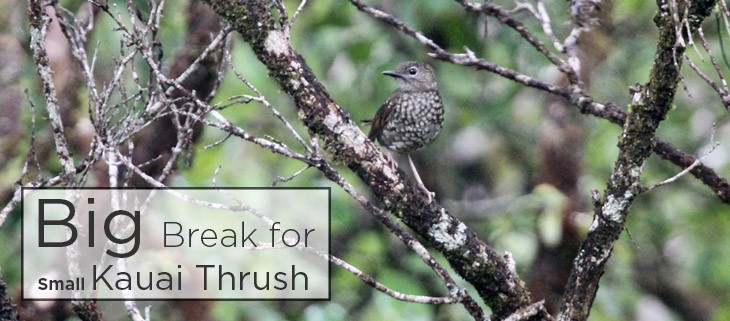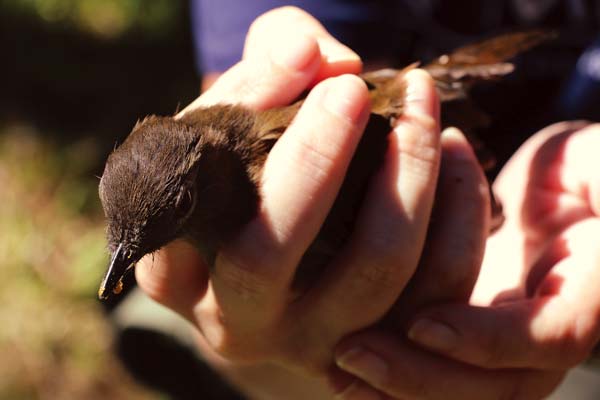December 4, 2024
The Ebiil Society: Champions of Palau
Ann Singeo, founder of our partner organization the Ebiil Society, shares her vision for a thriving Palau and a flourishing world of indigenous science!
We use cookies to help you navigate efficiently and perform certain functions. You will find detailed information about all cookies under each consent category below.
The cookies that are categorized as "Necessary" are stored on your browser as they are essential for enabling the basic functionalities of the site. ...
Necessary cookies are required to enable the basic features of this site, such as providing secure log-in or adjusting your consent preferences. These cookies do not store any personally identifiable data.
Functional cookies help perform certain functionalities like sharing the content of the website on social media platforms, collecting feedback, and other third-party features.
Analytical cookies are used to understand how visitors interact with the website. These cookies help provide information on metrics such as the number of visitors, bounce rate, traffic source, etc.
Performance cookies are used to understand and analyze the key performance indexes of the website which helps in delivering a better user experience for the visitors.
Advertisement cookies are used to provide visitors with customized advertisements based on the pages you visited previously and to analyze the effectiveness of the ad campaigns.
Our new online shop is live!

Kauai Island is home to numerous beautiful bird species, many of which are threatened with extinction in their native range. The Small Kauai Thrush, also known as the Puaiohi, is one such native species. Until recently, researchers were unable to adequately estimate the population of the bird due to its elusive behavior and rugged, inaccessible habitat on the Alakai Plateau. A new study by Dr. Lisa Crampton and Dr. Eben Paxton has used innovative techniques to uncover exactly how endangered the species is in Kauai.
The birds were once prevalent throughout the island but the introduction of invasive predators, disease, and habitat loss have led to a population decline. Invasive rats prey on the bird’s eggs which has limited the growth and recovery of the species. The study also points to the presence of invasive plants which have altered the Small Kauai Thrush’s native habitat and limit their range.

The Small Kauai Thrush is listed as Critically Endangered by the IUCN Red List of Threatened Species and has been listed on the United States Endangered Species List since its creation. When a species is listed on the Endangered Species List, a recovery plan is made. In the case of the Small Kauai Thrush, one of the first goals of the plan was to estimate the population of the species, but until recently this was not fully possible. The researchers used a combination of field-collected and remotely-sensed data to generate a population estimate of a mere 494 individuals. Paxton, of the U.S. Geological Survey and a co-author of the study, explained:
Population estimates are a cornerstone of species conservation efforts. They are the benchmark against which managers monitor the success of their conservation efforts. If managers don’t know how many individuals exist to begin with, it is impossible to tell if a population is increasing or decreasing in response to conservation activities.
Estimating the population size will now allow researchers to monitor the size of the population. For almost two decades conservationists have had a captive breeding program in place to boost the wild population. The program is credited with increasing the wild population from as few as 300 birds to the current 500. Next, the researchers priorities are to remove invasive rodents, which will be done by setting approximately 300 traps within the bird’s critical habitat. Crampton, the lead author of the study, commented:
This study allowed us to estimate Puaiohi distribution in remote parts of the species’ range that are difficult to survey, and identify new hotspots of Puaiohi where we should implement these management activities, which will accelerate the species’ rate of recovery.
Due to advances in monitoring, conservationists will have a better understanding of conservation needs moving forward. Establishing the population size will give the Small Kauai Thrush Recovery Program a clear understanding of their status and help researchers to monitor and measure recovery. The captive breeding program released their final three birds into the wild last week and now plans to focus on the removal of invasive predators. One can hope that someday the Small Kauai Thrush will be prevalent throughout the island, just as it was before the introduction on invasive species.
Featured photo: Juvenile Critically Endangered Kauai Thrush. Credit: Kendall Watkins
Source:
US Geological Survey
Maui News
Check out other journal entries we think you might be interested in.
Notifications